The Real Deal on Chia Seeds: Everything You Actually Need to Know
I’ve been in the nutrition world for a long time, and I’ve seen countless “superfoods” burst onto the scene with huge promises, only to fade away a year later. Chia seeds, though? They’re different. They’ve stuck around for one simple reason: they actually work. I don’t see them as some magic pill, but as an incredibly reliable tool in my kitchen and for my clients.
In this article
My real ‘aha!’ moment with chia didn’t come from a fancy smoothie. It was with a client who desperately needed more fiber but couldn’t stand the texture of things like oat bran. We were running out of options. Then I remembered how these seeds were a staple food for ancient cultures, used by long-distance runners for endurance. For them, it wasn’t a trend; it was fuel.
So, we tried a simple chia gel stirred into a bowl of soup. And it worked. Their digestion got better, and they barely even noticed the change. That taught me the real power of chia is in its basic, functional properties, not its trendiness. Let’s dig into what these little seeds are, how to use them the right way, and how to do it safely.
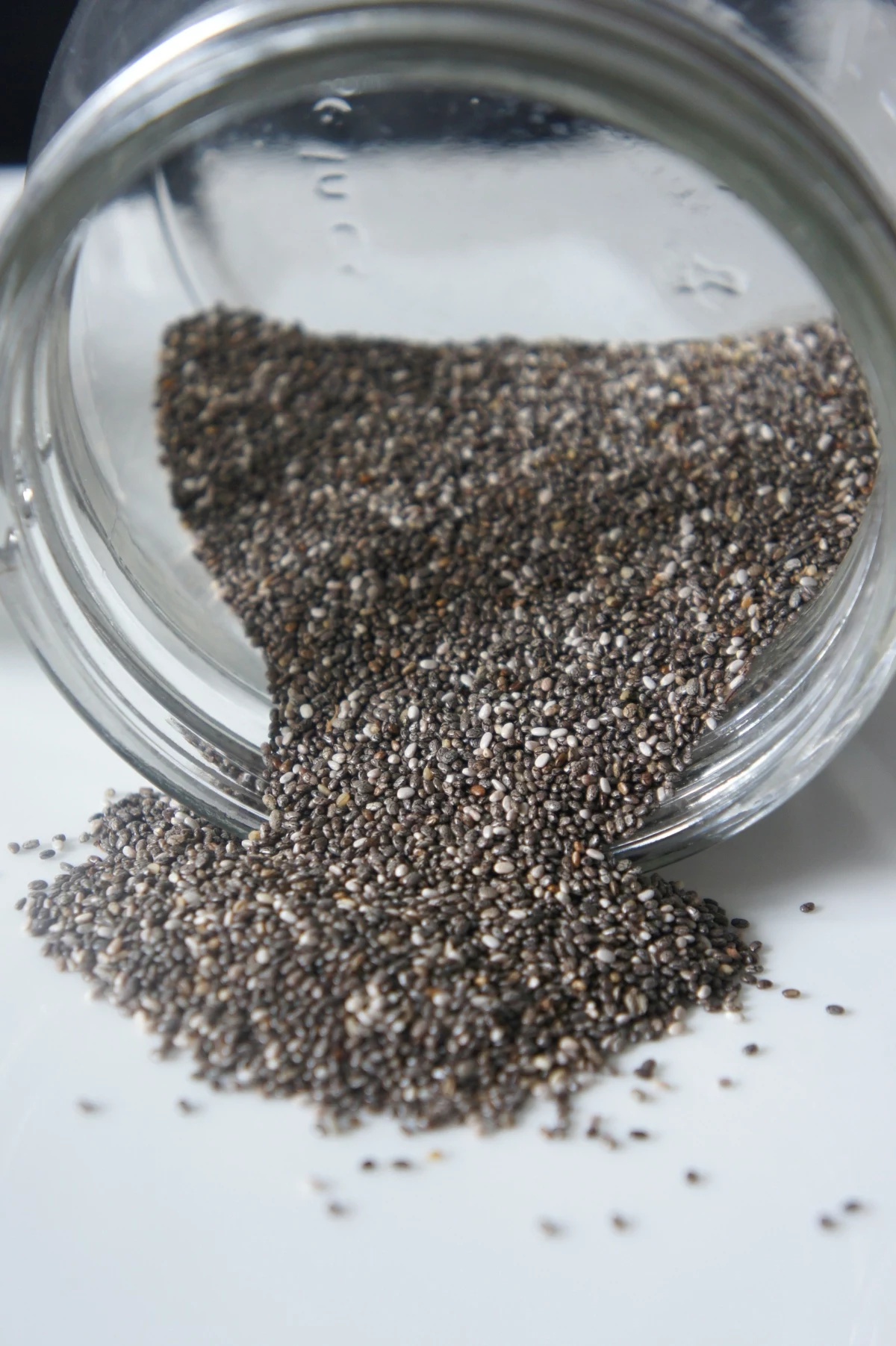
So, How Do These Tiny Seeds Actually Work?
To really get the most out of chia seeds, you have to understand what’s going on inside them. They’re not just specks you sprinkle on yogurt; they’re little engines of hydration and nutrition. Knowing the science helps you get predictable results every time.
The Magic of Chia Gel
Chia seeds come from a plant in the mint family, and their outer shell is packed with a type of soluble fiber called mucilage. This is where the magic happens. When you drop chia seeds into liquid—water, milk, juice, whatever—that fiber absorbs a massive amount of it, swelling up to 12 times the seed’s original weight. This creates that thick, gelatinous coating that makes chia so unique.
By the way, let’s talk flavor. What do they taste like? Honestly, on their own, chia seeds taste like… well, nothing. They’re a completely blank canvas. They just absorb the flavor of whatever you mix them with, which is exactly what makes them so versatile.
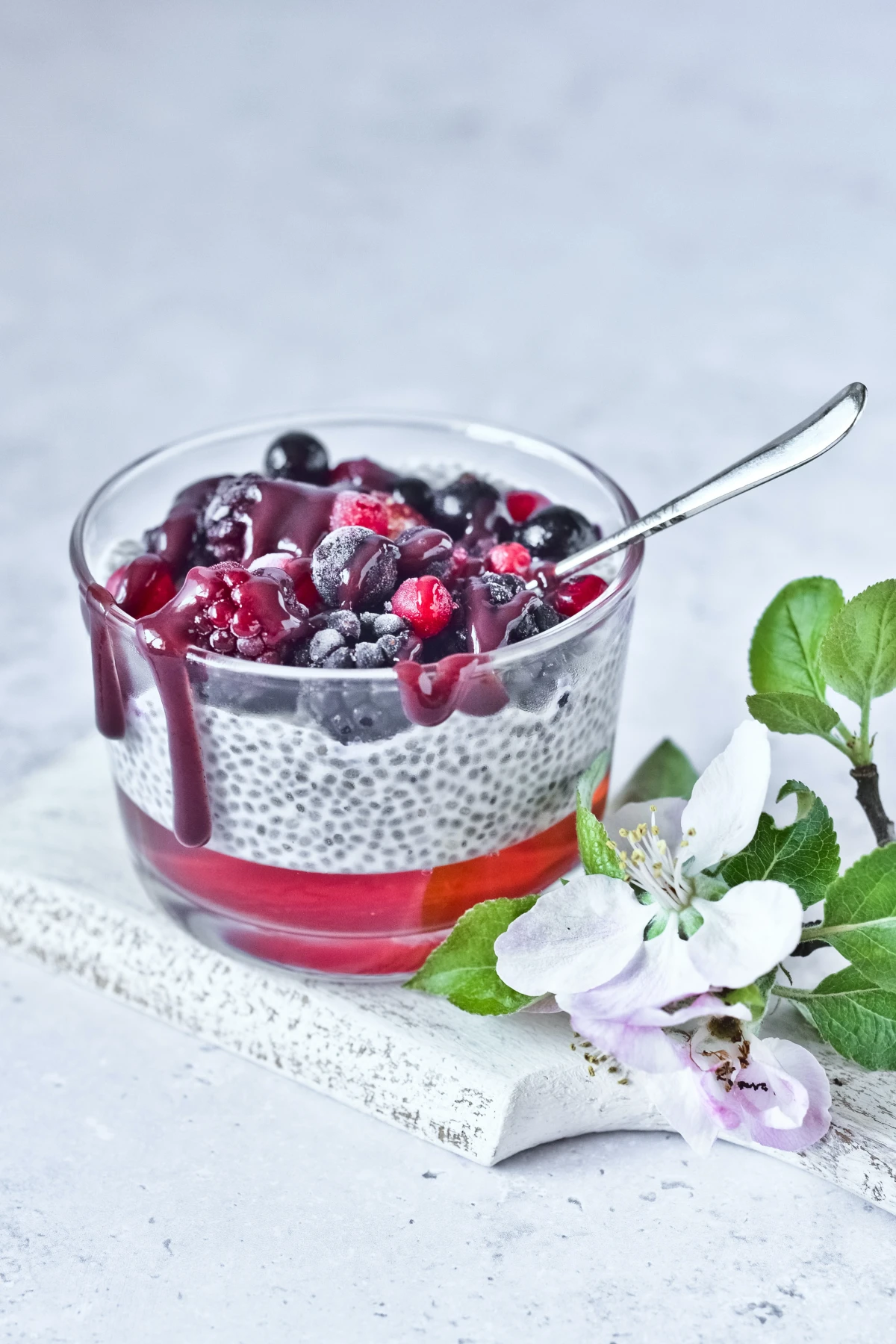
Quick experiment: Want to see this in action? Stir one teaspoon of chia seeds into half a glass of water. Just let it sit for 10-15 minutes. Go back and look. See that thick, almost solid gel? That’s the fiber powerhouse we’re talking about. Now you get it.
A Quick Peek at the Nutrients
A standard serving is about two tablespoons. Here’s the nutritional bang for your buck:
- Fiber: You’re looking at around 10-11 grams of fiber in that serving. That’s huge—almost a third of what many people need in a whole day. Most of it is that gelling soluble fiber, which helps you feel full and supports good gut bacteria.
- Omega-3 Fats: Chia is a fantastic plant-based source of omega-3s, specifically the ALA type. To be frank, your body isn’t super efficient at converting this ALA into the more powerful EPA and DHA forms you get from fish. So, while chia is great, don’t rely on it as your only source of omega-3s.
- Protein: You get about 4-5 grams of protein, and it’s a complete protein. That means it has all nine essential amino acids your body can’t make itself. This is a massive plus, especially if you’re eating a plant-based diet.
- Minerals: These seeds are loaded with minerals crucial for bone health, like calcium, phosphorus, and magnesium. Think of them as a team: calcium is the main building block for bones, but it needs magnesium and phosphorus to be used correctly.
- Antioxidants: The natural antioxidants in chia seeds don’t just protect the delicate fats in the seed from going bad. In your body, they help protect your cells from damage.
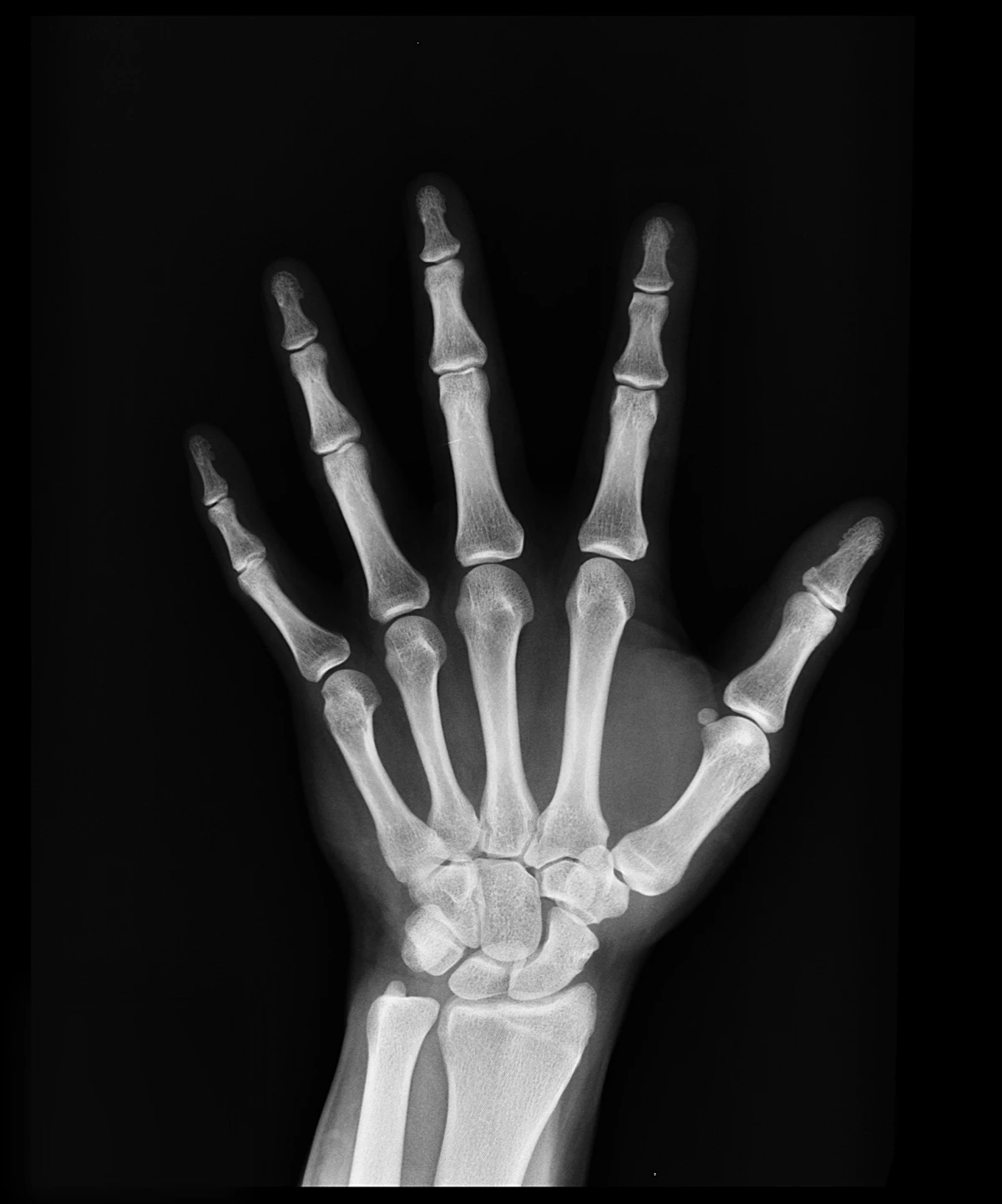
Getting Started: How to Actually Use Chia Seeds
How you prep your chia seeds really matters. Just winging it can lead to some… interesting… textures and even a few safety risks. Here are the methods I’ve perfected over the years.
Choosing and Storing Your Seeds
When you’re at the store, don’t overthink it. You don’t need a fancy, expensive brand. The ones from Trader Joe’s, Costco, or even the generic store brand are perfectly fine. You can get either black or white seeds; nutritionally, they’re pretty much the same, so it’s just about aesthetics. Expect to pay somewhere between $5 and $10 for a one-pound bag, which will last you a surprisingly long time, making them a very budget-friendly health food.
Store whole seeds in an airtight container in a cool, dark pantry. They’ll last for ages. Ground chia, however, is a different story. Once ground, the protective oils are exposed, so you need to store it in the fridge or freezer and use it within a few weeks before it goes rancid. You’ll know it’s gone bad if it has a bitter, unpleasant smell.
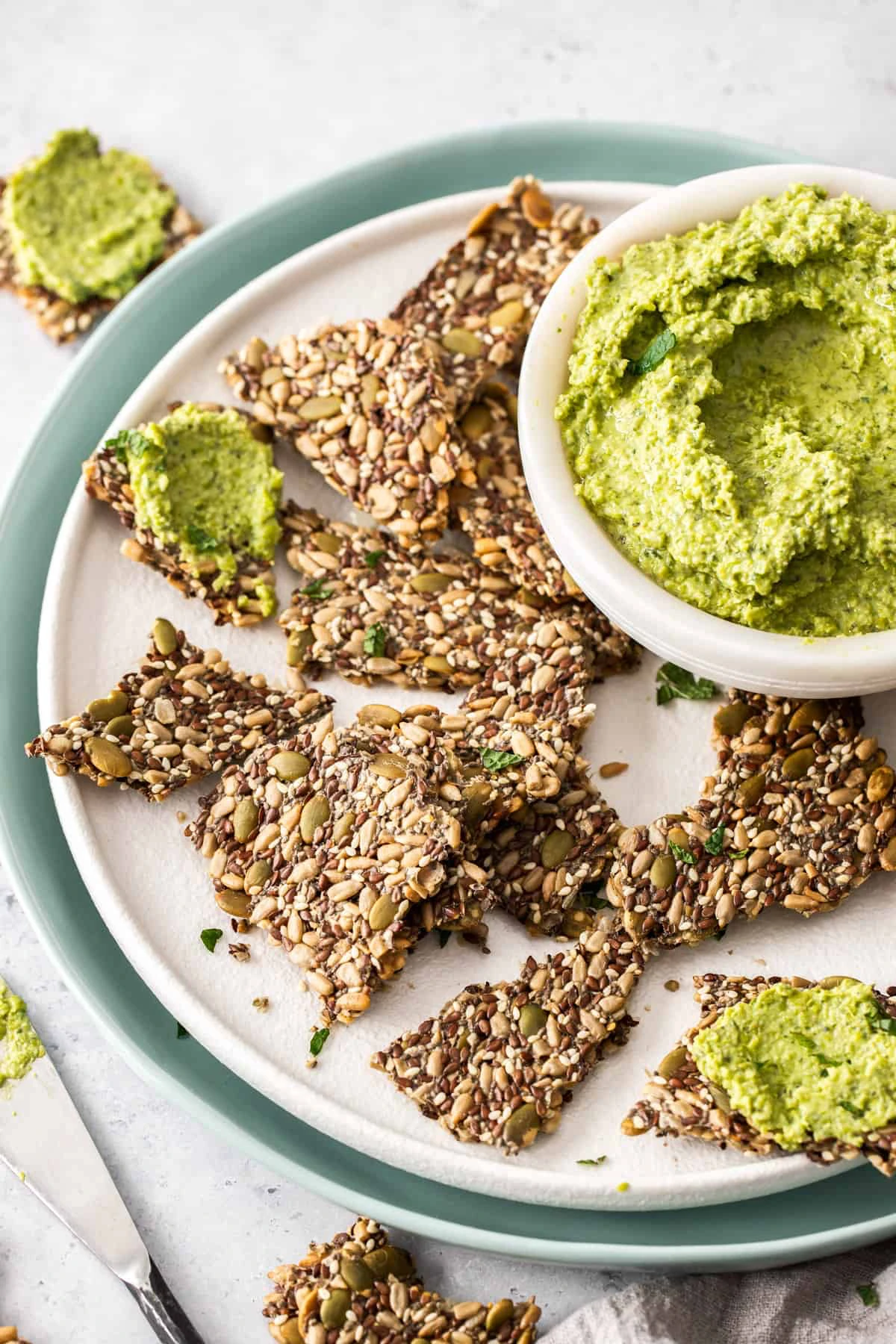
The Art of Soaking: Ratios and Timing are Everything
Soaking is the best way to use chia. It activates the gel and makes everything easier to digest.
- For Classic Chia Pudding: The go-to ratio is 1 part chia seeds to 4 parts liquid. So, for a single serving, try 1/4 cup of chia seeds and 1 cup of almond milk, oat milk, or whatever you like. Whisk them together really well for a minute. Let it sit for 5 minutes, then—and this is the most important part—whisk it again to break up any clumps. Seriously, don’t skip that second whisk. The first time I made this, I got lazy and ended up with a lumpy brick of seeds at the bottom of my glass. It was not good. Then, just cover it and pop it in the fridge for at least 4 hours, or overnight for the best texture.
- For a Simple Chia Gel: To make a neutral gel you can add to anything, use a 1-to-6 ratio of chia to water. Whisk it up and let it sit for about 20 minutes. You can keep this gel in the fridge for up to a week and stir a spoonful into oatmeal, soups, or yogurt to boost fiber.
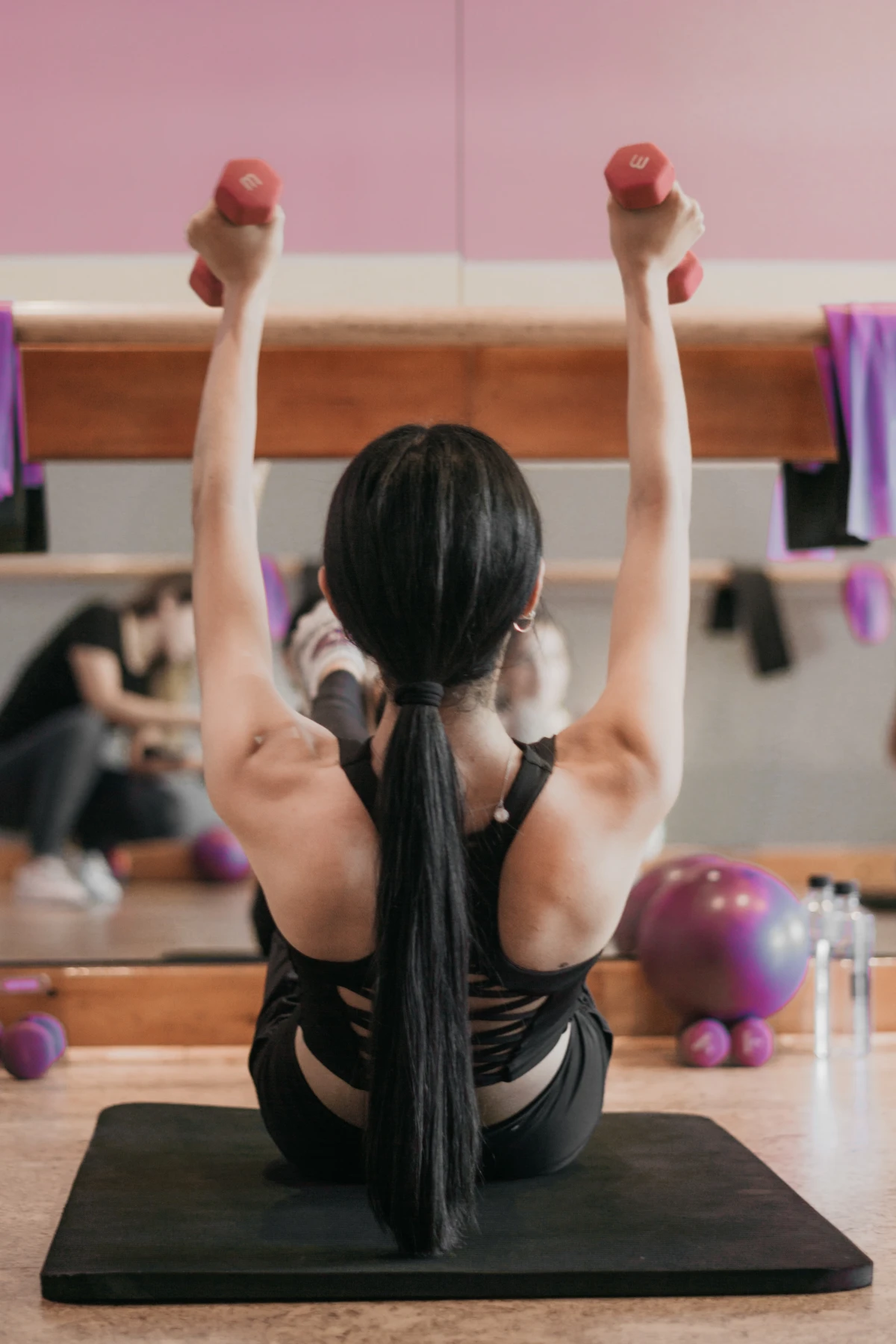
Why You Might Want to Grind Your Chia
While whole seeds are great, grinding them has one key benefit: it makes the omega-3 fats more available for your body to absorb. A clean coffee or spice grinder works perfectly. Just store the powder in the fridge and remember that ground chia absorbs liquid much faster than whole seeds.
Level Up: Cool Kitchen Tricks with Chia
Once you’ve got the basics down, you can start using chia as a functional ingredient to replace other things in your kitchen. This is where it gets really fun.
Prep Hack: On Sunday, I make ‘dry pudding packs’ for the week. In a few small jars, I’ll portion out the chia seeds, a scoop of protein or cocoa powder, and some cinnamon. In the morning, all I have to do is pour in some almond milk, shake it like crazy, and my breakfast is ready to go.
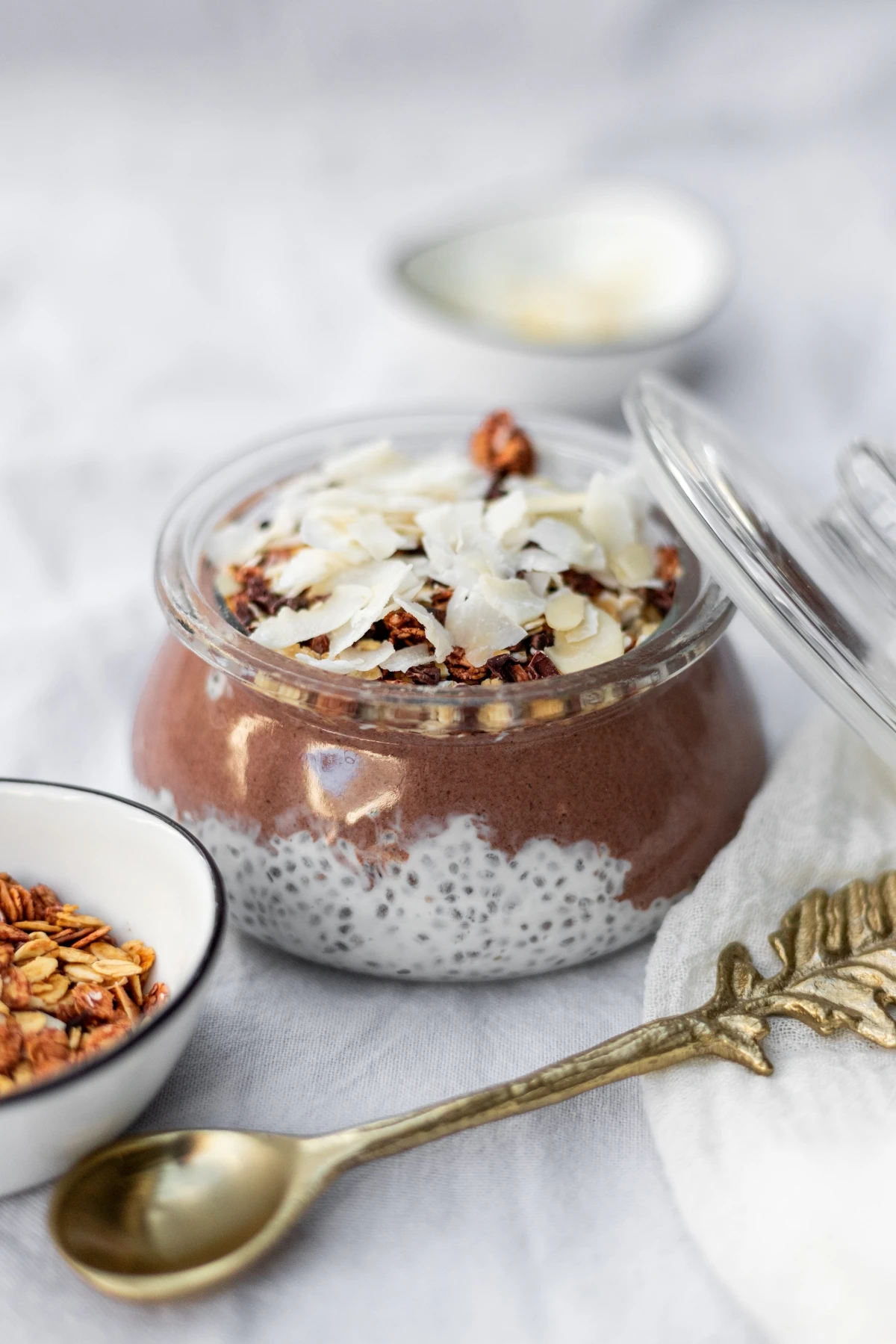
The Chia Egg: A Baker’s Best Friend
If you’re baking without eggs, the chia egg is a total game-changer. It’s a fantastic binder for dense, moist recipes like muffins, brownies, and quick breads. It doesn’t provide lift, though, so don’t try to use it for a light and airy angel food cake.
The formula is simple: Mix 1 tablespoon of ground chia seeds with 3 tablespoons of water. Stir it up and let it sit for 10-15 minutes until it becomes a thick gel. That’s your one-egg equivalent.
You might be wondering how this compares to a flax egg. They’re very similar, but from my experience, chia gel is a bit stronger and has a more neutral flavor. Flax can sometimes leave a slightly nutty taste that doesn’t work in every single recipe.
A Natural Thickener for Soups and Sauces
Instead of cornstarch, you can use chia gel to thicken up sauces, gravies, and stews. Just whisk in your pre-made gel, one tablespoon at a time, at the end of cooking until it’s as thick as you want. It adds nutrients instead of empty starch!

Super-Simple, Healthy Homemade Jam
You can make amazing fruit jam without all the sugar and pectin. Just mash 2 cups of berries in a saucepan over low heat. Once they’re saucy, take them off the heat and stir in 2 tablespoons of whole chia seeds and a little maple syrup if you want some sweetness. As it cools, it’ll thicken into a perfect jam. Store it in the fridge for up to a week.
Heads Up: The Important Safety Stuff
Like any potent food, there are some real risks to be aware of. Being trustworthy means being honest about the dangers.
The Choking Hazard: NEVER Eat Chia Seeds Dry
This is the single most important warning. I cannot stress this enough: Do not ever eat a spoonful of dry chia seeds and then drink water. When dry seeds hit the water in your esophagus, they can expand instantly and create a solid plug, causing a dangerous blockage that could require a trip to the emergency room.
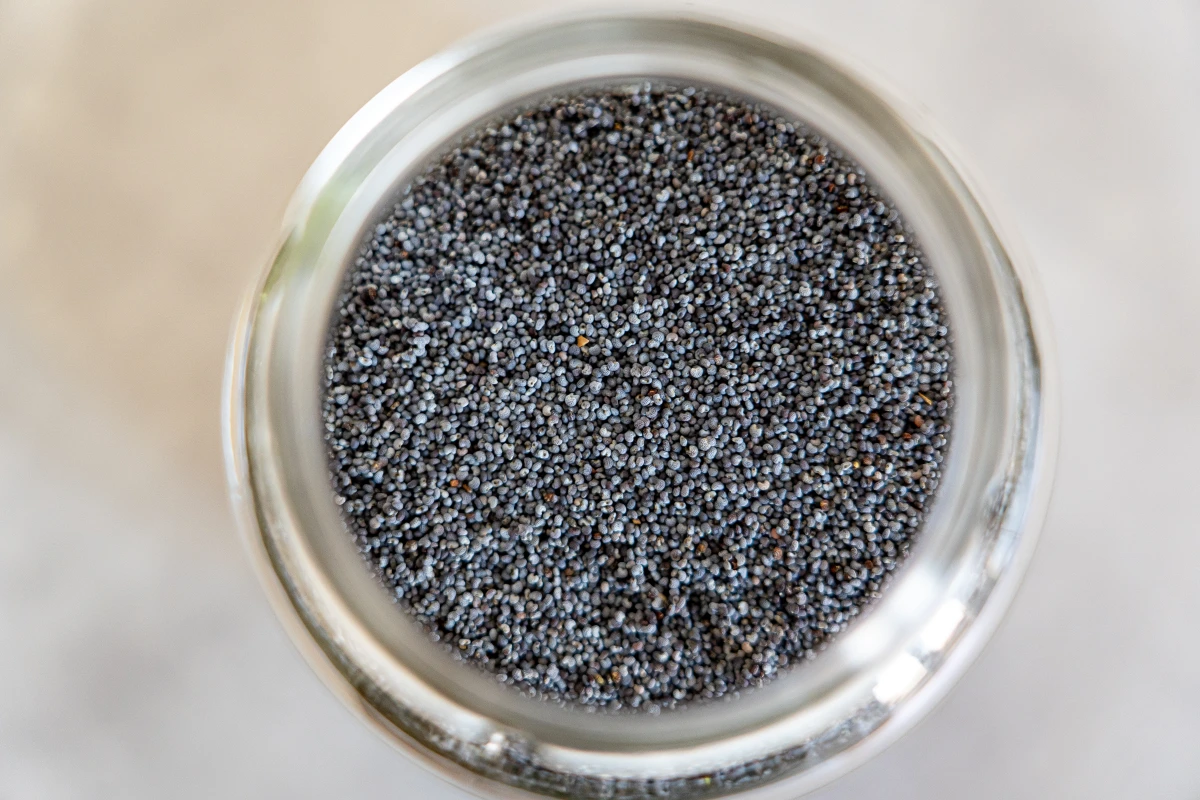
Always, always, always either soak the seeds until they are fully gelled before you eat them, or mix them thoroughly into a moist food like yogurt or a smoothie.
Digestive Issues and a Good Starting Point
Chia is incredibly high in fiber. If you go from zero to a huge serving, you might get some bloating, gas, or general stomach upset. Start small! Begin with just one teaspoon a day and slowly work your way up over a week or two.
So how much is too much? A good daily target for most people is about two tablespoons. Going way over that probably won’t cause serious harm, but it might give you a stomach ache, and you’re not really getting extra benefits beyond that point. Oh yeah, and as you add more fiber to your diet, you MUST drink more water. Fiber needs water to work its magic.
Potential Medication Interactions
Because chia can affect blood sugar and blood pressure, you absolutely need to talk to your doctor if you’re on certain medications.
- For Diabetes: Chia can lower blood sugar. If you’re on insulin or other diabetes medications, adding chia could amplify the effect, leading to dangerously low blood sugar. Your doctor might need to adjust your dosage.
- For Blood Pressure/Blood Thinners: The omega-3s can have a mild blood-thinning effect. If you’re on blood pressure meds or a blood thinner like warfarin, you need to clear this with your doctor first.
Disclaimer: Just a reminder, I’m a nutrition expert, not a medical doctor. This is all for educational purposes. Please chat with your doctor or a registered dietitian before making big dietary changes, especially if you have a health condition.
The Bottom Line
Chia seeds have more than earned their spot in the modern kitchen. They aren’t a fleeting fad; they’re a versatile, powerful, and historically significant food. When you understand how they work and respect their potency, they can be an amazing tool for your health. Just start slow, always add liquid, and listen to your body. You’ll be unlocking benefits that have been working for people for centuries.
Inspirational Gallery
Black Chia Seeds: These are the most common type you’ll find, with a slightly higher protein content, though the difference is minimal. They are perfect for adding visual contrast to light-colored dishes.
White Chia Seeds: Nutritionally, they are virtually identical to their black counterparts. Their main advantage is aesthetic; they blend seamlessly into lighter puddings, smoothies, or yogurts.
Ultimately, the choice is purely down to your visual preference. Both pack the same hydrating, fiber-rich punch.
Just one ounce (about two tablespoons) of chia seeds contains approximately 5,000 milligrams of Omega-3 fatty acids, making it one of the richest plant-based sources available.
Do I have to grind chia seeds to get their full benefits?
Unlike flax, which has a tough outer hull, the nutrients in chia seeds are highly bioavailable even when whole. Your digestive system can easily break them down. Grinding them (a coffee grinder works well) is only necessary if you want an ultra-smooth texture in baked goods or for faster thickening, but it isn’t a nutritional requirement.
- Create incredibly moist muffins and breads.
- Bind veggie burgers and meatballs without eggs.
- Achieve a perfect bake with a 100% plant-based ingredient.
The secret? A
Travel to Mexico without leaving your kitchen by making a classic Chia Fresca. It’s the ultimate hydrating drink: just stir two tablespoons of chia seeds into a large glass of cold water with the juice of one or two fresh limes and a touch of agave to sweeten. Let it sit for 10-15 minutes, stirring occasionally. It’s a true testament to the seeds’ heritage as endurance fuel.
A crucial safety note: Never eat dry chia seeds by the spoonful and then drink water. Because they expand so rapidly, they can form a thick gel in your esophagus before reaching the stomach, creating a serious choking hazard. Always pre-soak them in a liquid to form a stable gel before consuming.
According to the CDC, only 1 in 10 adults get enough fiber in their diet.
This is where chia becomes a wellness ally. Just two tablespoons provide around 10 grams of fiber, which is nearly 40% of the daily recommendation for women. Adding them to a morning smoothie or yogurt is one of the easiest ways to significantly close that nutritional gap and support digestive health.
The perfect chia pudding is all about the ratio. A great starting point is ¼ cup of chia seeds from a quality brand like Navitas Organics to 1 cup of liquid. For a thicker pudding, use a bit less liquid; for a thinner consistency, add a splash more.
- Classic Creamy: Use canned coconut milk and top with fresh mango and toasted coconut.
- Chocolate Dream: Mix in cocoa powder with oat milk and a dash of maple syrup.
- Café Vibe: Use cold brew coffee as your liquid and add a touch of vanilla.
To protect their delicate omega-3 fatty acids from going rancid, store your chia seeds in a cool, dark, and dry place. An airtight container, like a glass mason jar from Ball or a Kilner jar, is perfect for the pantry. For long-term storage (over a year), consider keeping them in the refrigerator to maximize freshness and potency.
- In baking: Add a tablespoon or two to muffin or bread batter for extra moisture and a fiber boost.
- As a thickener: Stir into thin soups or sauces just before serving. Let it sit for 10 minutes to thicken naturally.
- For homemade jam: Simmer berries with a little sweetener, then stir in chia seeds until it reaches a jam-like consistency. No pectin needed!










